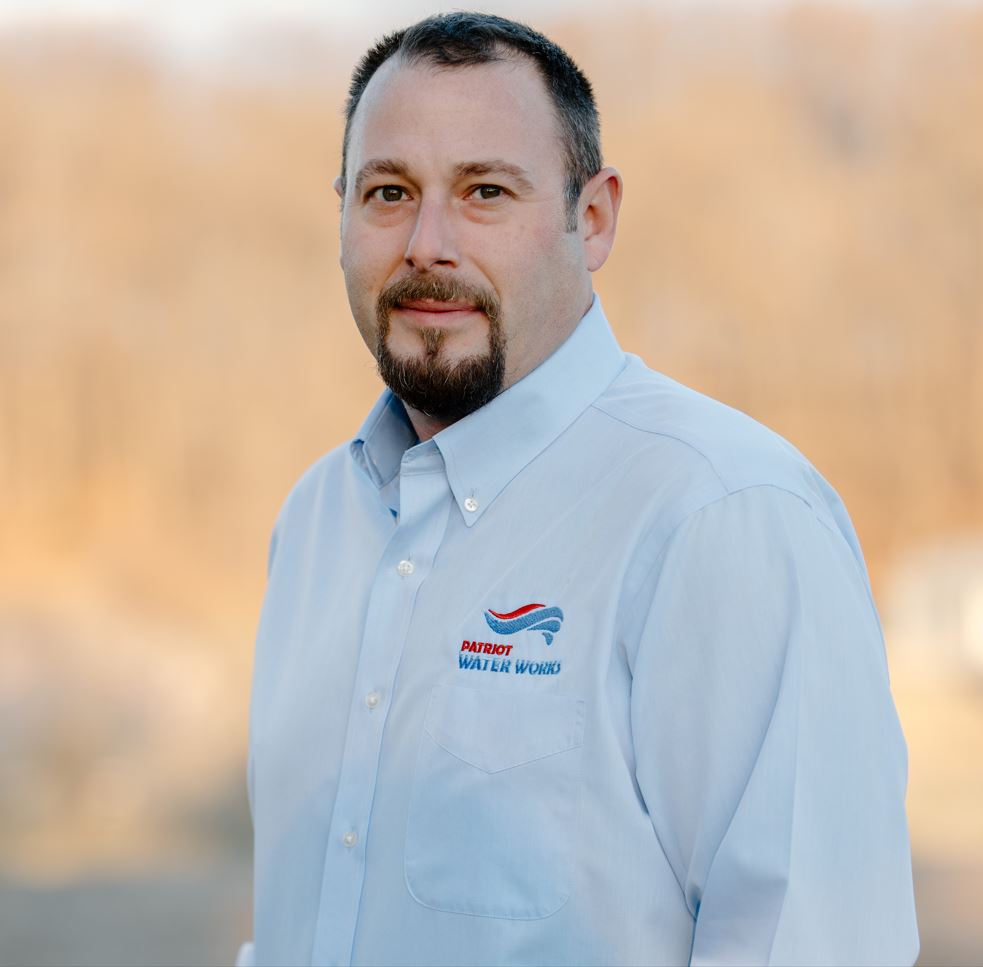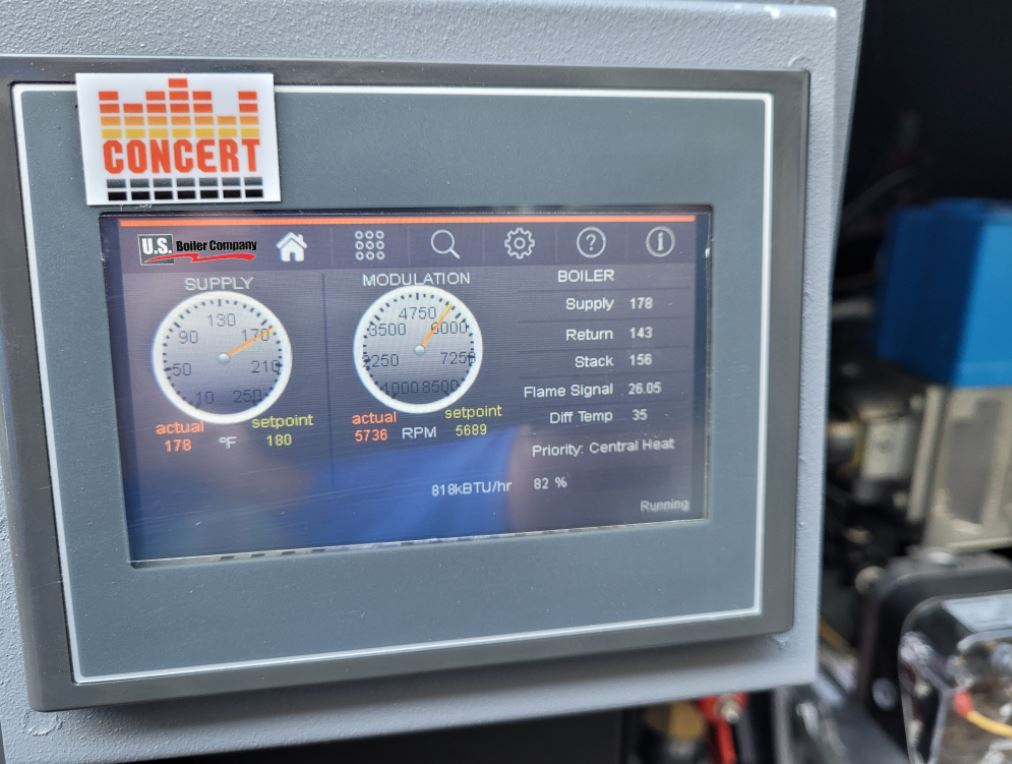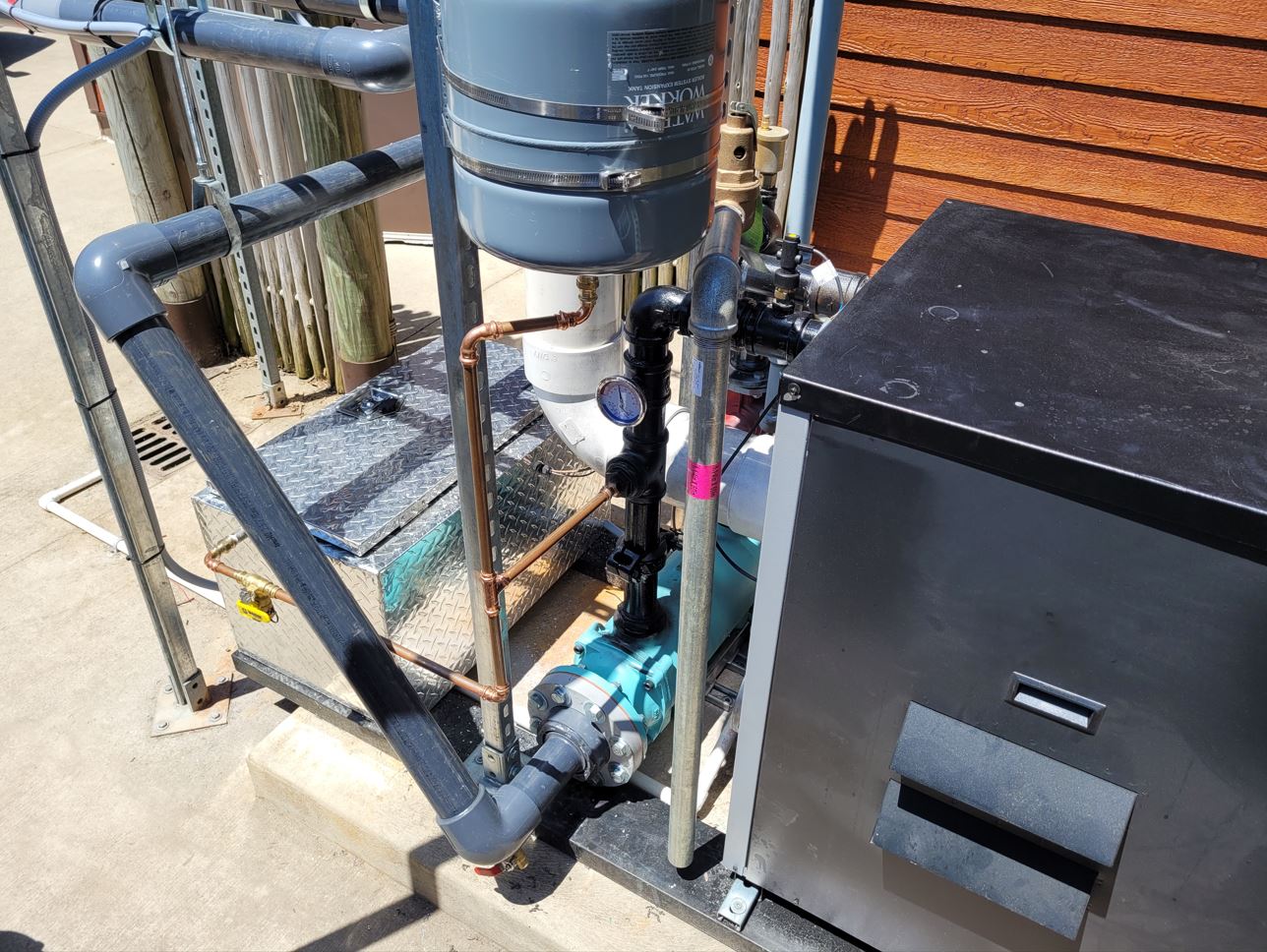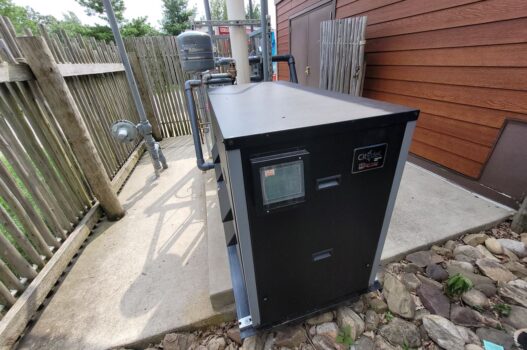by Rich Zalepa
 I’ve been in this industry for a while and I’ve installed boilers large and small in almost every scenario where water needs to be heated. It’s a rare occurrence when a new product comes along that really changes how you do your job, or even how effectively you can conduct your work. But this is what happened to me a few weeks ago.
I’ve been in this industry for a while and I’ve installed boilers large and small in almost every scenario where water needs to be heated. It’s a rare occurrence when a new product comes along that really changes how you do your job, or even how effectively you can conduct your work. But this is what happened to me a few weeks ago.
Most of my work these days includes heating pools and waterparks with condensing boilers. One of our big customers is a large waterpark with 26 attractions. Among those attractions is an outdoor activity pool, for basketball and other games. This particular pool, which contains 100,000 gallons, is not tied into the facility’s primary pool heating system. It’s one of the only stand-alone systems on the property.
The existing, eight-year-old copper fin-tube pool heater dedicated to the pool was failing. The 1.4 MMBTU unit was installed outdoors. Over the past 18 months, we’ve had to repair major components multiple times. Fifty days before the pool was to be opened for the season, facility managers challenged us to find a replacement solution. They were open to considering either a direct, in-kind replacement or a high efficiency alternative.
The pool setpoint temperature was 84°F, so like most pool heating applications, there was great opportunity to capitalize on low return water temperatures, which means that we can keep a high-efficiency boiler in condensing range almost indefinitely.
Having recently learned about the new Citadel water-tube boiler by U.S. Boiler Company, we decided to design a high-efficiency heating solution and compare the cost against an in-kind replacement. All told, the Citadel solution carried a 10 percent higher initial cost than a dedicated pool heater. That said, if we installed a Citadel, we could offer 10-year parts and labor warranty and include five years preventative maintenance.
Running the fuel use numbers, the Citadel would recover the expense difference three to five times over its lifecycle, depending on natural gas prices.
To nobody’s surprise, the customer opted for the Citadel solution. We immediately removed the existing pool heater and began prefabricating the design in our shop.
Our team started with a 1 million BTU Citadel. The boiler is available in indoor and outdoor configurations, so we opted for the outdoor model, allowing us to install it in the same location. We skid-mounted the boiler with other major components, including a titanium heat exchanger made by EJ Bowman to isolate pool water from the boiler water, a Grundfos circulator, and a diamond-plate housing which contains an Axiom glycol feeder and a Ranco 24v pool control. This control senses pool water temperature on the influent side of heat exchanger, operating with a 1°F differential above and below setpoint. We run a 30 percent mixture of Cryotech 100 glycol.
The heat exchanger is rated for 2.1 million BTUh at an inlet temperature of 180°F, but we designed for a supply water temperature of 150°F. This gives us a 30°F Delta-T across the boiler, meaning that the boiler is almost always condensing, operating at 97 percent efficiency.
This is a design that we’ve used frequently in the past, but we’re typically forced to use a variety of third-party controls. That wasn’t the case this time because of how capable the Citadel’s onboard Concert™ control is.
The Concert control on the Citadel is, without a doubt, the best boiler control I’ve ever used. You can really dial in how the boiler is controlled, which allows you to keep the boiler in a condensing state to increase overall efficiency.
After a day-and-a-half of prefabrication in the shop, we moved the whole boiler assembly to the waterpark and spent another day piping, venting and making electrical connections. When it came time to fire the boiler, we had the control programmed and setup in under five minutes. Through the control, we can manipulate the RPM of the variable-speed circulator to provide the exact Delta-T we wanted.
There are a lot more features on the Concert control than we utilized on this project. For example, in an installation that features a BAS (Building Automation System), the Concert control is plug-in ready. The control is one of the main reasons I’m excited to continue using the Citadel boiler on future projects, but there are other advantages that make a lot of sense for the installer or service tech.
 All connections to the boiler, including gas, venting and supply/return piping are at the rear of the unit, making installations in narrow mechanical spaces possible. The front and both sides are removable panels, providing fast, easy access to the gas train, blower, electronics, heat exchanger and condensate system. The burner door pulls off on a rail, so there’s no lifting or moving it around. Every design element makes installation and service much faster.
All connections to the boiler, including gas, venting and supply/return piping are at the rear of the unit, making installations in narrow mechanical spaces possible. The front and both sides are removable panels, providing fast, easy access to the gas train, blower, electronics, heat exchanger and condensate system. The burner door pulls off on a rail, so there’s no lifting or moving it around. Every design element makes installation and service much faster.
Once installed, we set the inlet gas pressure. There was minimal adjustment needed for high and low fire. Factory setup of the gas train was fantastic. We were done tuning the boiler in less than 30 mins, including setup and break-down.
When we started the system up, the pool water was about 60°F. Within 36 hours, the body of water was at swimming temperature (84°F). The boiler ran at 100% input until the pool reached temp, then lowered its firing rate to maintain temperature. The last two times I’ve been there, the boiler was modulating back to keep longer runtimes and maintain Delta-T. It’s running near 600 MMBTU, or 60 percent input for longer cycles.
The job was done about a week before they opened it for the season and we haven’t had a callback. The customer is ecstatic.
We could have completed the project with a different boiler model, but the Citadel boiler made it easier. We also appreciate that it’s so service-friendly because all our installations include maintenance. And because it’s available in capacities from 399 to 1.5 million BTUs, I’m sure we’ll be installing quite a few Citadel boilers in the future.
# # #
Rich Zalepa is Service Manager for Patriot Water Works. He has 18 years in the Plumbing/HVAC industry and a passion for hydronic heating systems.

